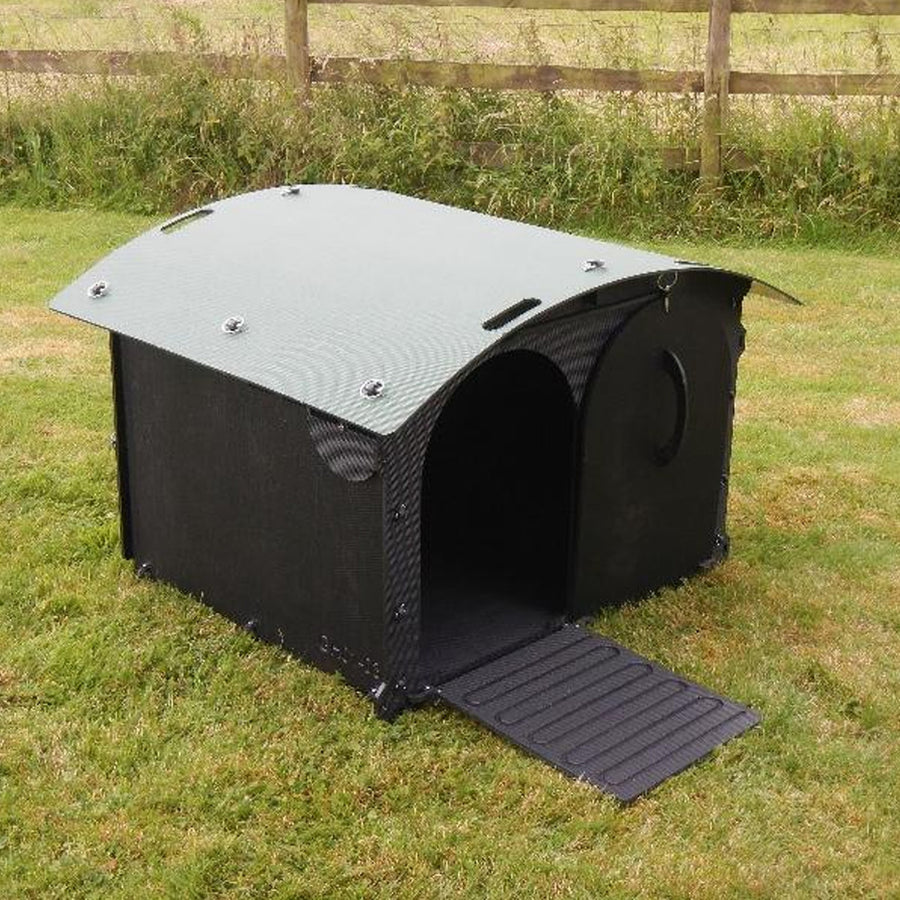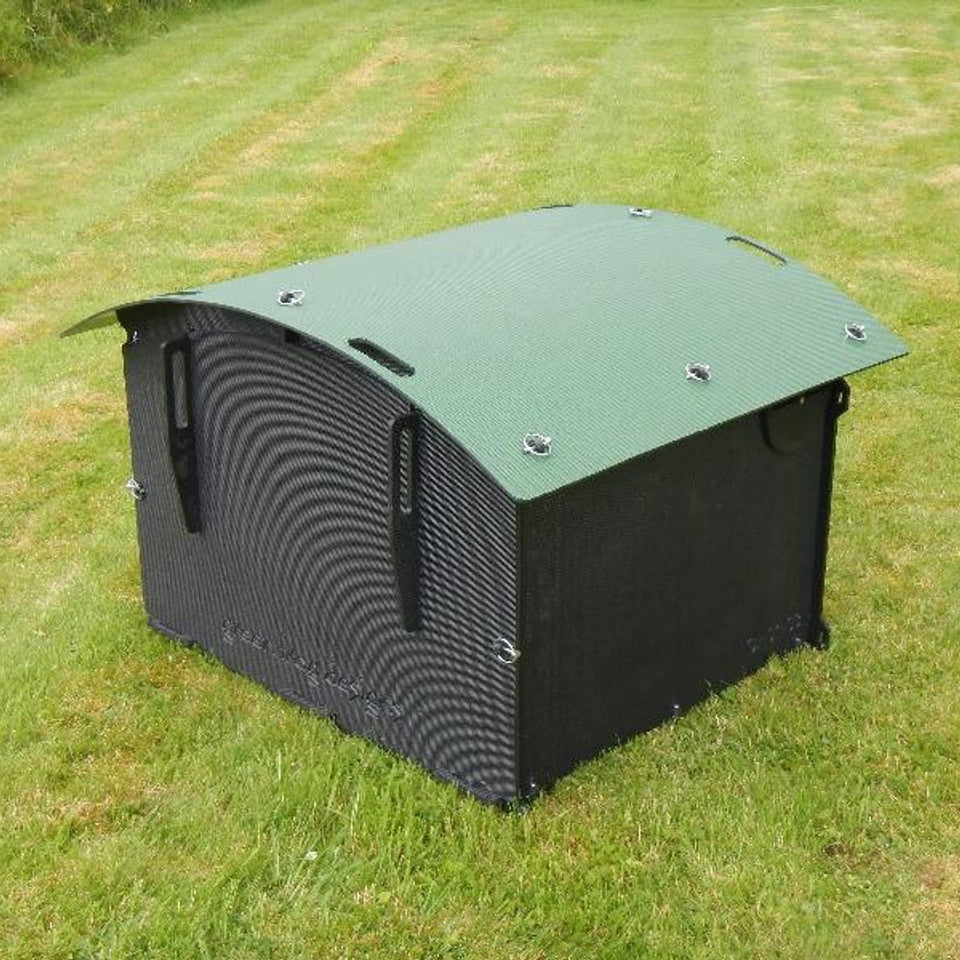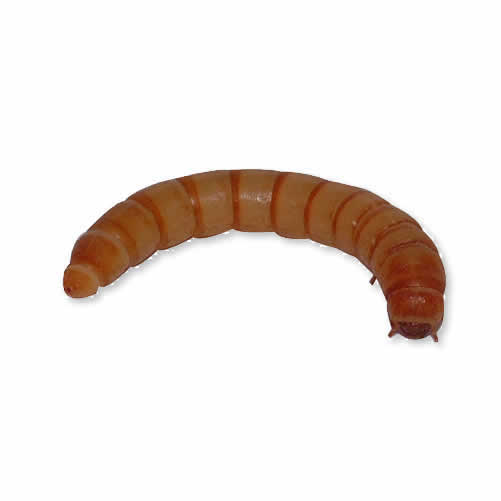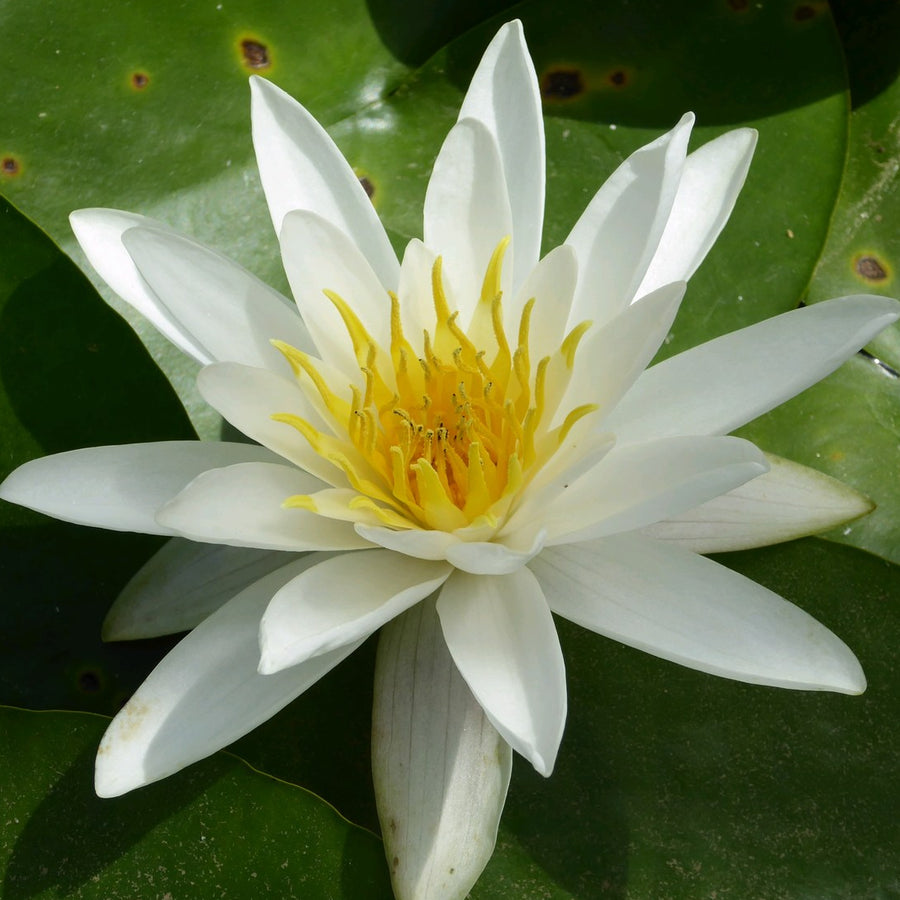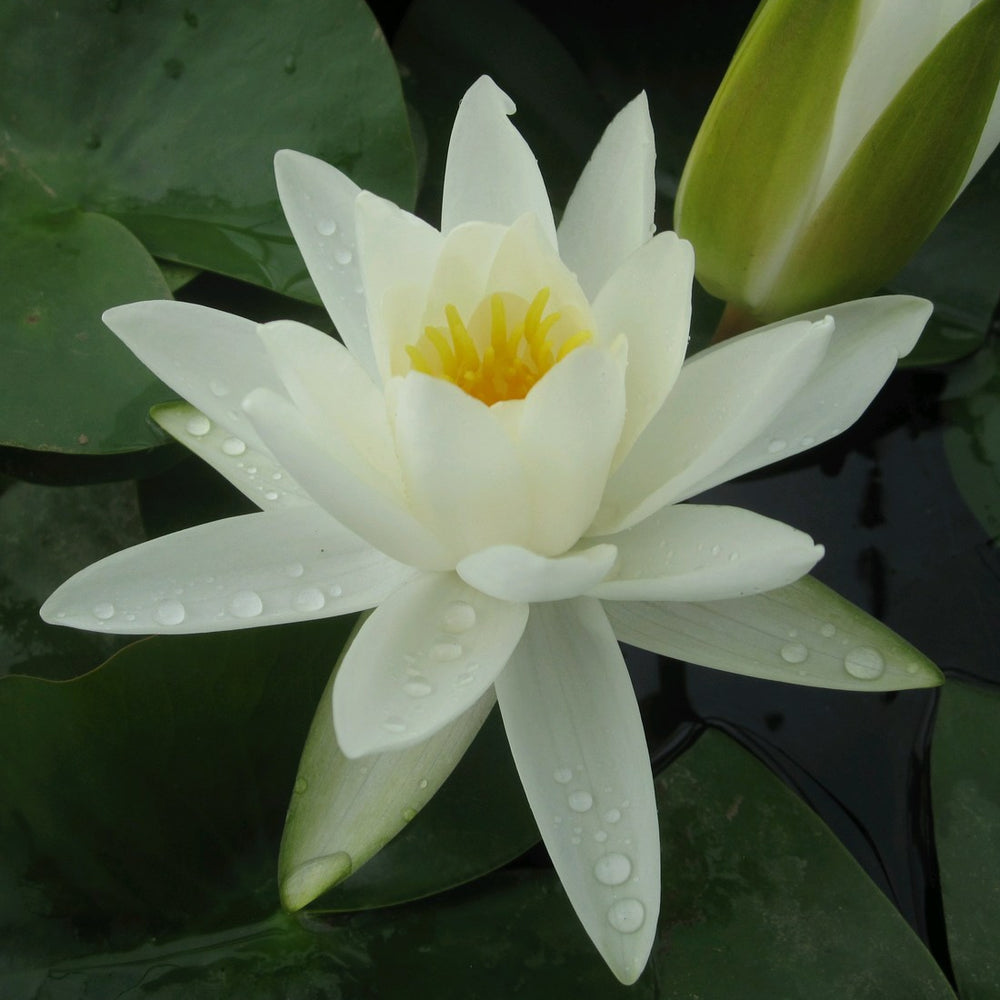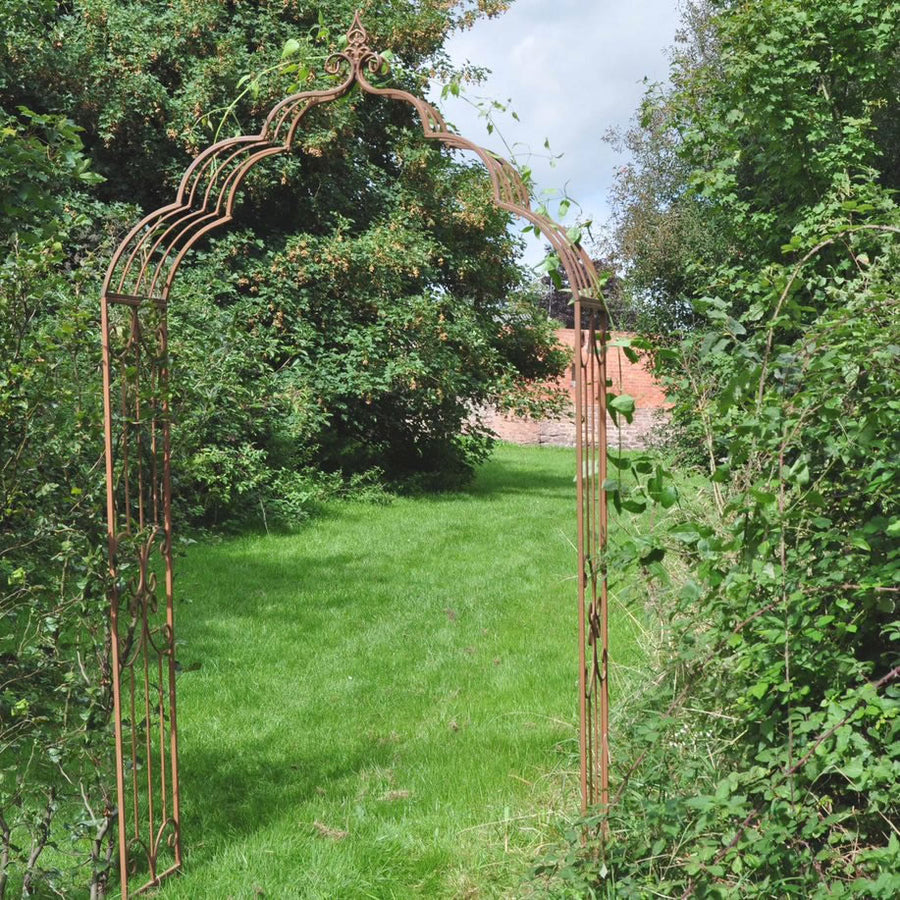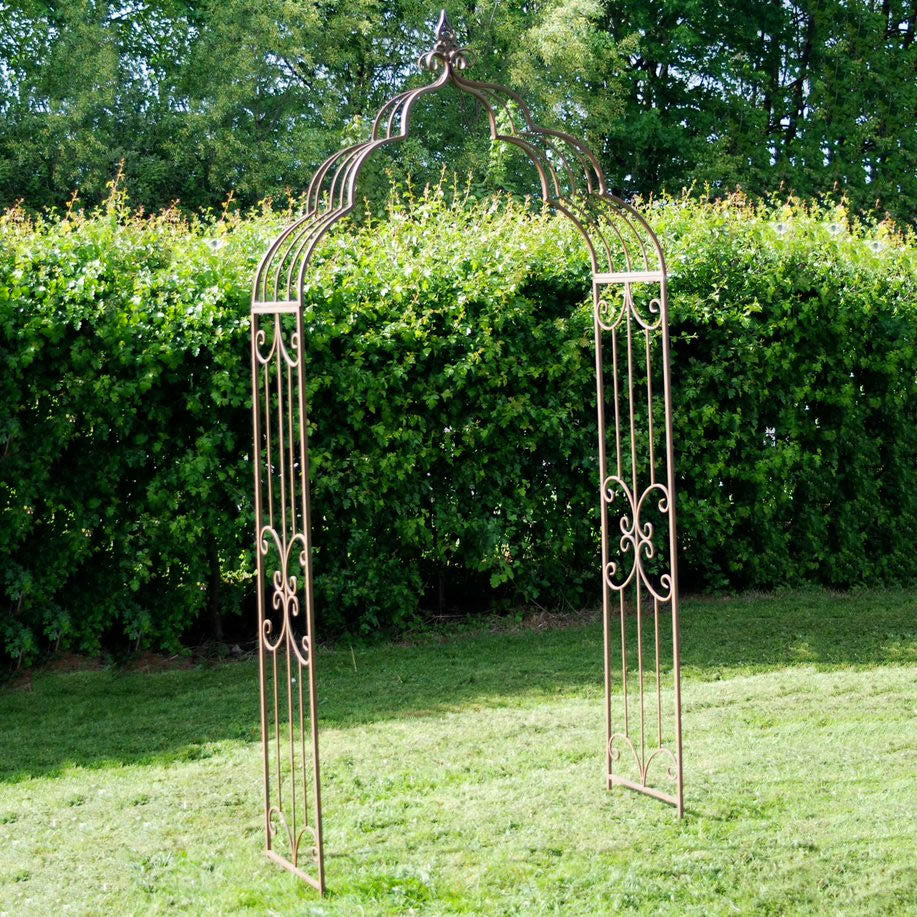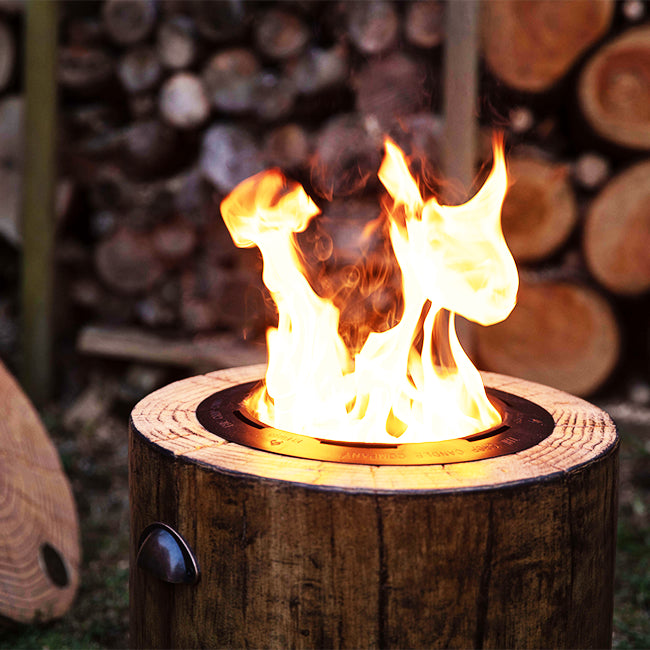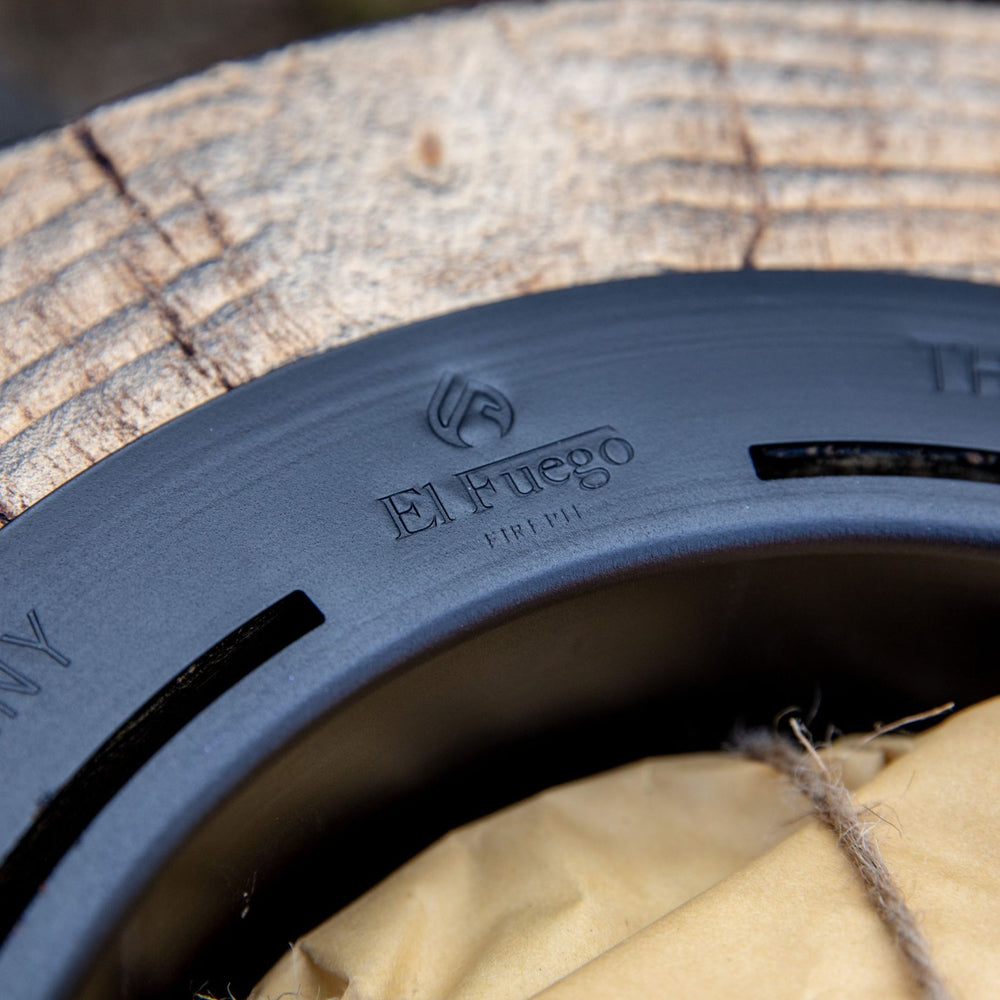Best Daffodil Varieties for UK Gardens: Top 15 Picks, Growing Tips & Care
The best daffodil varieties for UK gardens are those that combine beauty, reliability, and ease of care, returning year after year to brighten your outdoor space. Each spring, these cheerful bulbs bring striking colour, fragrance, and life to gardens across the UK, making them a favourite for both experienced gardeners and beginners.
With so many types available - from classic trumpet daffodils to compact, short-stemmed daffodil bulbs perfect for pots, and multi-headed varieties for extra impact - it can feel tricky to know where to start and which type complements your garden best. Some bloom early to herald the arrival of spring, while others flower later, extending the season and keeping your garden lively for weeks.
By understanding the main divisions and choosing tried-and-tested cultivars, you can create a stunning display suited to your garden’s size, style, and conditions, ensuring your daffodils flourish each year.
Best Daffodil Varieties UK

Daffodils (Narcissus bulbs) are a cherished feature of spring gardens in the UK, with thousands of cultivated varieties alongside native wild species. Most daffodils bloom reliably from early to mid-spring, brightening grassy areas, borders, and under trees with fantastic shades of yellow, white, and cream.
From miniature varieties perfect for pots, like Narcissus 'Tête-à-Tête', to compact, bright choices such as Narcissus 'Jetfire' for rockeries and containers, and elegant multi-flowered stems like Narcissus 'Thalia' that bring sophistication to any garden, these carefully selected narcissi offer something for every space. An experienced gardener will appreciate their reliability, and beginners will enjoy their charm - daffodils are hardy, easy to plant, and naturalise well, bringing lasting beauty and a touch of nature’s rhythm to your garden.
Top 15 Daffodil Varieties for UK Gardens
You can extend your spring garden display by planting daffodil cultivars that flower at different times, from the earliest blooms in late winter to those that last into May. These unique varieties bring something special to your borders, lawns, or containers, whether it’s colour, fragrance, or compact growth.
Here are 15 of the best narcissi bulbs to plant in UK gardens:
1. Narcissus 'Jetfire'
A compact variety with bright yellow petals and a striking orange cup, 'Jetfire' is perfect for containers, rockeries, or planting in sunny spots. Its cheerful blooms make it a favourite for early spring colour in the garden.

2. Narcissus 'Tête-à-Tête'
This miniature daffodil is known for its early flowering and charming appearance. Ideal for pots, borders, and naturalising in lawns, 'Tête-à-Tête' is a must-have for gardeners looking to add a splash of striking colour at the start of spring.
3. Narcissus 'Thalia'
Elegant white, multi-flowered stems make 'Thalia' a sophisticated addition to any garden. Its graceful blooms are perfect for borders or cutting for indoor displays.
4. Narcissus 'Sun Disc'
A dwarf variety with flat, rounded yellow and white flowers, 'Sun Disc' works beautifully in rock gardens, containers, or small spring borders. Its compact size makes it versatile for different garden spaces.
5. Narcissus 'Tahiti'
With striking orange-red ruffled petals, 'Tahiti' stands out in any spring display. This bold, vibrant variety adds energy and contrast to borders or mixed flower beds.
6. Narcissus 'Actaea'
'Actaea' features fragrant white petals with a distinctive red-rimmed cup. Perfect for naturalising in meadows or under deciduous trees, it also attracts early-season pollinators to your garden.
7. Narcissus 'Mount Hood'
Creamy white, large flowers with a subtle fragrance make 'Mount Hood' ideal for mid-to-late spring blooms. It performs well in mixed borders or as a stand-alone display in your garden.
8. Narcissus 'Minnow'
A miniature daffodil producing pale yellow clusters, 'Minnow' is excellent for containers, edging, or small-scale naturalised displays. Its delicate form brightens corners in the garden.
9. Narcissus 'Carlton'
'Carlton' is a large-cupped daffodil with bright yellow flowers, often chosen for floral arrangements. It’s a classic variety that brings consistent colour and reliability to your garden.
10. Narcissus 'Rijnveld's Early Sensation'
One of the earliest bloomers, 'Rijnveld's Early Sensation' can flower from late December in sheltered spots. It’s ideal for gardeners eager to welcome spring as early as possible.
11. Narcissus 'King Alfred'
A traditional favourite, 'King Alfred' boasts tall, trumpet-shaped yellow flowers. This historic variety is celebrated for its spectacular display and robust performance in UK gardens.

12. Narcissus 'Spellbinder'
With white petals and a pale yellow cup, 'Spellbinder' offers long-lasting blooms. It’s perfect for gardeners seeking extended colour and interest throughout the flowering season.

13. Narcissus 'Pheasant's Eye' (N. poeticus var. recurvus)
A heritage variety with white petals and a fragrant red-rimmed cup, 'Pheasant's Eye' is excellent for meadow-style naturalisation. Its delicate form and scent make it highly prized by seasoned gardeners.
14. Narcissus 'Gipsy Queen'
'Gipsy Queen' is a dwarf daffodil with pale yellow flowers that fade to white. It works well in rockeries, lawn drifts, or mixed containers, adding subtle beauty to spring displays.

15. Narcissus 'Weardale Perfection'
A historic cultivar with large bi-coloured flowers, 'Weardale Perfection' highlights the heritage of UK breeding. It’s perfect for collectors or traditional garden displays, providing a reliable and long-lasting bloom.

Key Daffodil Types and Divisions
Choosing the right daffodil varieties for your UK garden can transform your spring displays, adding rich colours, fragrance, and interest for weeks on end. Each cultivar has its own charm:
Trumpet Daffodils: Recognisable Narcissus with a single trumpet-shaped corona, often as long as or longer than the petals. Ideal for lawns, borders, or woodland edges - varieties like ‘Dutch Master’ and ‘Rijnveld’s Early Sensation’ offer strong colour and reliable performance. Perfect for cut flowers due to sturdy stems.
Double Daffodils: Layered, ruffled blooms with extra petals or modified coronas, including ‘Cheerfulness’ and ‘Tahiti’. Best in mixed borders or containers - fragrant and visually striking, though heavier blooms may need sheltered spots to prevent wind damage.
Triandrus Daffodils: Graceful, nodding flowers often in clusters per stem, with slightly swept-back petals. Varieties like ‘Thalia’ bring elegance and early-season interest, suitable for pots, rock gardens, or naturalising in grassy areas.
Cyclamineus Daffodils: Compact daffodils with strongly reflexed petals, such as ‘Jetfire’. Ideal for front-of-border planting, containers, or naturalised spots in the garden - extend your display by combining with later-blooming spring flowering bulbs.
Choosing the Best Narcissus Varieties for Your Space
|
Setting |
Best Varieties |
|
Borders & Lawns |
Narcissus Dutch Master, Carlton, Actaea, wild daffodils (N. pseudonarcissus), February Gold |
|
Pots & Containers/Window Boxes |
Tȇte-à-Tȇte, Tȇte Bouclé, Jack Snipe, Snipe |
Planting and Growing Daffodils Successfully
Getting your daffodils off to a strong start is key to enjoying reliable, breathtaking spring blooms. Healthy bulbs, the right planting time, and suitable soil and light conditions will help ensure your daffodils thrive year after year. Paying attention to planting depth, spacing, and watering will allow the bulbs to establish roots well and flower beautifully each season.

Planting Daffodil Bulbs: When and How for Best Results
The ideal time to plant daffodils is in autumn, from September to November, before the ground becomes too hard. This gives the bulbs a chance to develop roots before winter arrives. Plant each bulb at a depth roughly two to three times its height - for example, a 5cm bulb should be set 10-15cm deep. Space bulbs apart to allow room for growth and natural clumping over time.
Use a bulb planter or trowel to create the hole, place the bulb with the pointed end facing upwards, and cover it with soil. Gently press the soil over the bulb to remove any air pockets and ensure good contact with the soil. If planting in grass, scatter bulbs randomly first for a naturalised effect.
For containers, choose pots with drainage holes and plant bulbs closer together, leaving around 5cm between each. Avoid waterlogged soil to prevent bulb rot - if your soil is heavy, mix in grit or sand to improve drainage.
Soil, Position, and Watering Requirements
Daffodils (Narcissus) prefer fertile, well-drained soil enriched with compost or well-rotted organic matter. They grow well in most garden soils, but soil quality can affect flowering strength. Choose a sunny or lightly shaded position - at least half a day of sunlight is ideal. Borders, lawns, and containers all work well as long as drainage is adequate.
Water lightly once planted to help the soil settle. Once growth begins in spring, natural rainfall is usually sufficient, but provide extra water during dry spells to support strong blooms. Avoid overwatering, especially during summer dormancy, as daffodils prefer dry conditions when not actively growing. Mulching with leaf mould or compost can help retain moisture, enrich the soil, and support a healthy growing season.
Caring for Daffodils Throughout the Year

Proper aftercare and bulb management are key to keeping your narcissus bulbs healthy and ensuring your spring garden is full of blooms year after year. How you handle fading flowers and the bulbs beneath the soil makes a big difference for long-term success.
-
Deadhead faded flowers: Once daffodils bloom, cut off the spent blooms to direct energy back into the bulb instead of seed production.
-
Leave foliage to die naturally: Keep the green leaves in place until they yellow and wither naturally, as they feed the bulb for next year’s display. Avoid tying or knotting the leaves, which reduces photosynthesis.
-
Water and feed lightly: During dry spells or in the weeks after flowering, provide a gentle watering and a light balanced fertiliser to strengthen the bulbs.
-
Delay mowing grass: If your bulbs are in lawns, wait until the foliage has completely died back before cutting to allow bulbs to recharge.
Lifting, Storing & Dividing Bulbs
-
Lift bulbs carefully: Every few years, lift bulbs when the leaves have fully died back, usually in early summer. Use a fork to loosen soil gently to avoid bulb rot or damage.
-
Check for health: Remove any soft or diseased bulbs to protect your narcissus varieties. Healthy bulbs can be dried in a cool, airy place for several weeks.
-
Store bulbs properly: Keep dried bulbs in paper bags or trays in a dry, dark spot until autumn planting.
-
Replant strategically: Space bulbs about apart at a depth roughly three times their height. Dividing crowded clumps ensures vigorous flowering, prevents overcrowding, and maintains the beauty of your garden.
With this care routine, your collection of narcissus bulbs, whether newly bred varieties or natural hybrids, will continue to deliver lovely, colourful blooms and long-lasting garden merit for years to come.
Wrapping Up

At Garden Wildlife, our collection boasts over 100 varieties of daffodil bulbs, offering something for every spring garden, from compact pots to sweeping lawns. Whether you’re a seasoned gardener or planting your first narcissi, choosing the right cultivars, planting at the proper time, and following simple care routines will reward you with weeks of rich colour, lovely fragrance, and reliable blooms that return every year.
By mixing early and late-flowering types, classic trumpets, and charming miniatures, you can create a layered, natural display that delights both you and local wildlife, making your garden a cheerful haven every spring.
Frequently Asked Questions
What are the top-performing daffodil cultivars for UK gardens?
Experienced gardeners and beginners alike recommend varieties like ‘Jetfire’, with its bright golden petals and orange trumpet, and ‘February Gold’, which heralds the beginning of spring with reliable early blooms. ‘Dutch Master’ adds striking colour to borders, lawns, or the centre of garden beds, and will return year after year with minimal fuss.
Which daffodil types are recommended for long-lasting blooms in the UK climate?
For a display that lasts several weeks, try ‘Spellbinder’, whose pale yellow cups fade gracefully to white, or ‘February Gold’, offering dependable, prolonged flowering. These robust narcissus varieties thrive in sun or partial shade, giving your garden rich, enduring colour while supporting nature and pollinators.
Can daffodils be grown alongside tulips and other plants in the same border?
Yes, planting daffodils with tulips and other spring plants adds layered colour and extended interest to your garden. Mixing early and late-flowering varieties ensures a display that lasts for several weeks.
How can I protect my daffodil bulbs from pests and bulb rot?
Use well-drained soil, avoid waterlogged areas, and lift any soft or diseased bulbs when dividing clumps. Keeping your narcissus bulbs healthy ensures strong stems, vibrant colours, and long-lasting blooms year after year.


